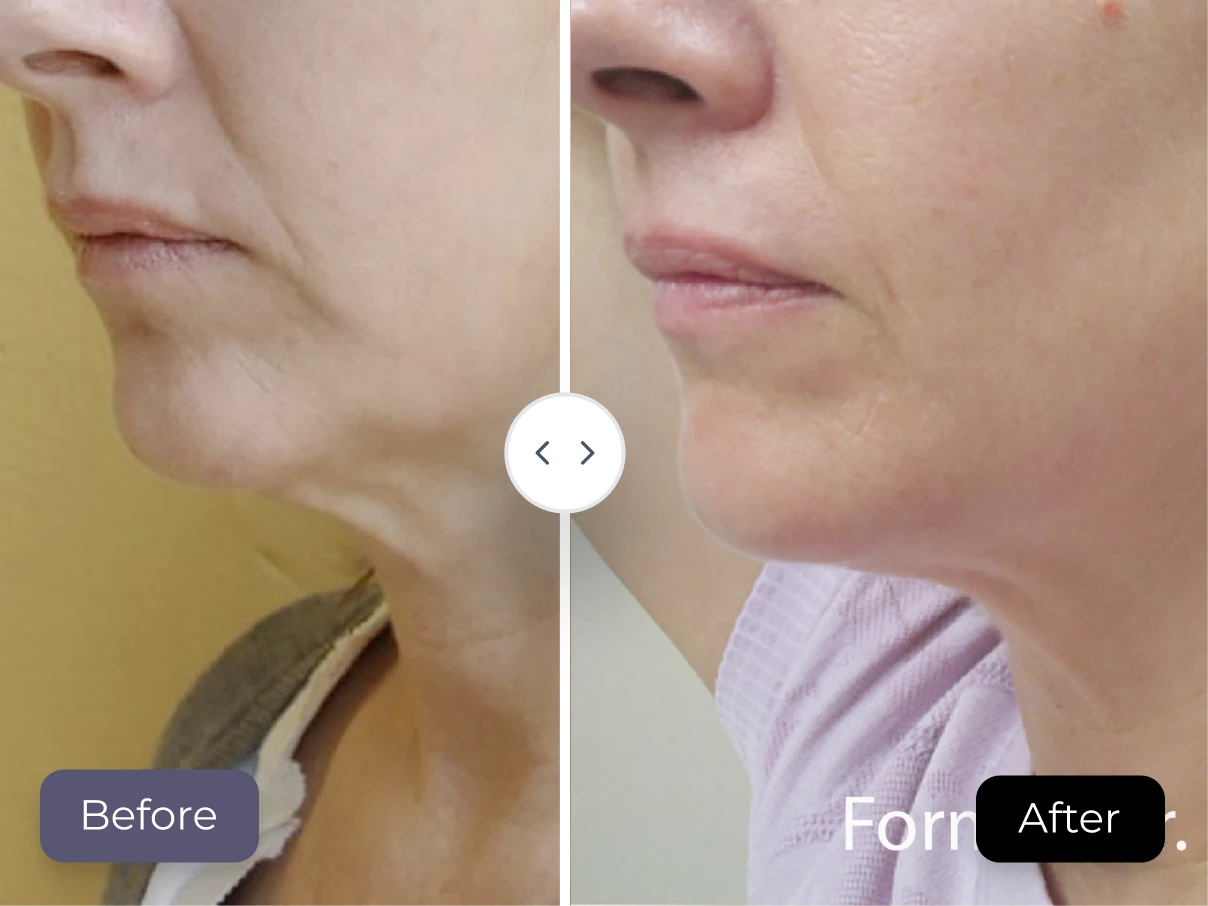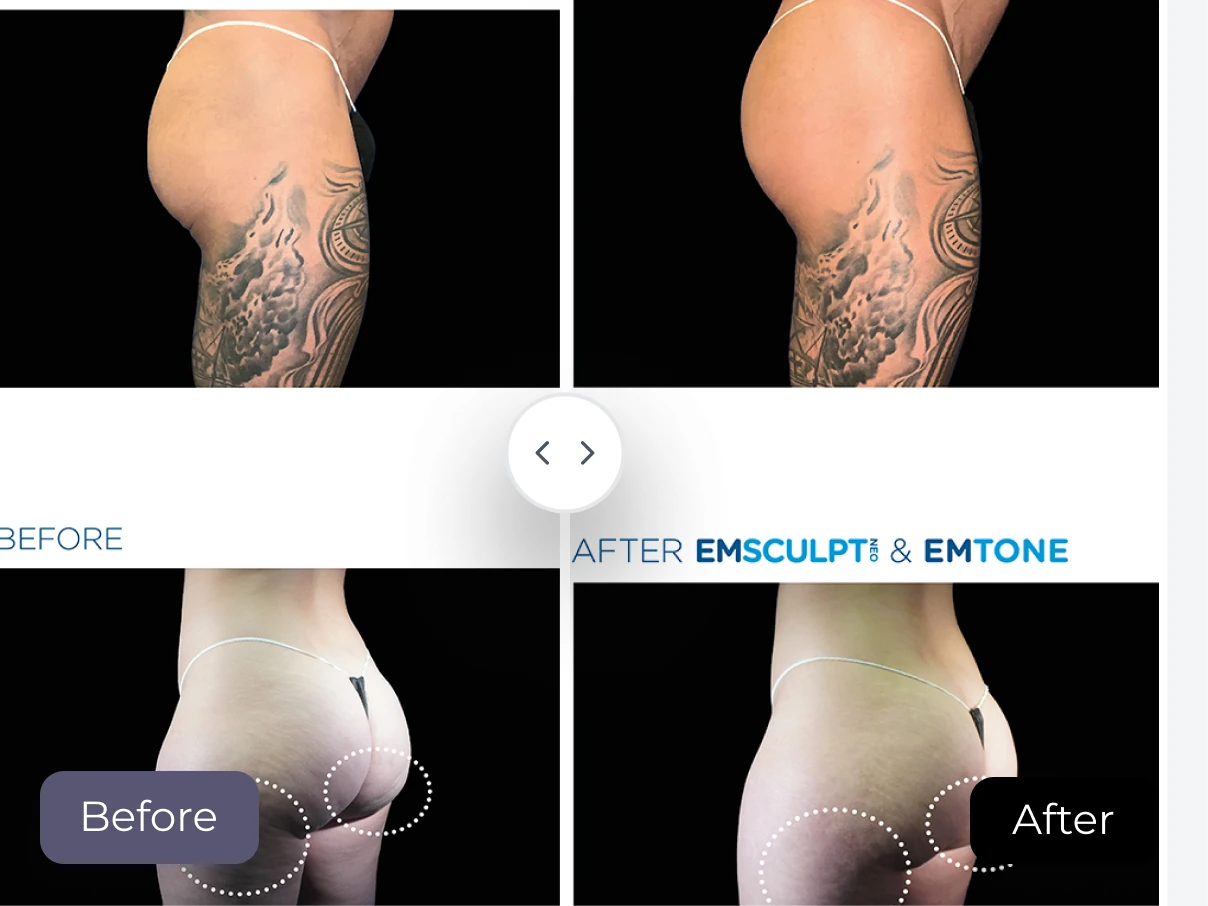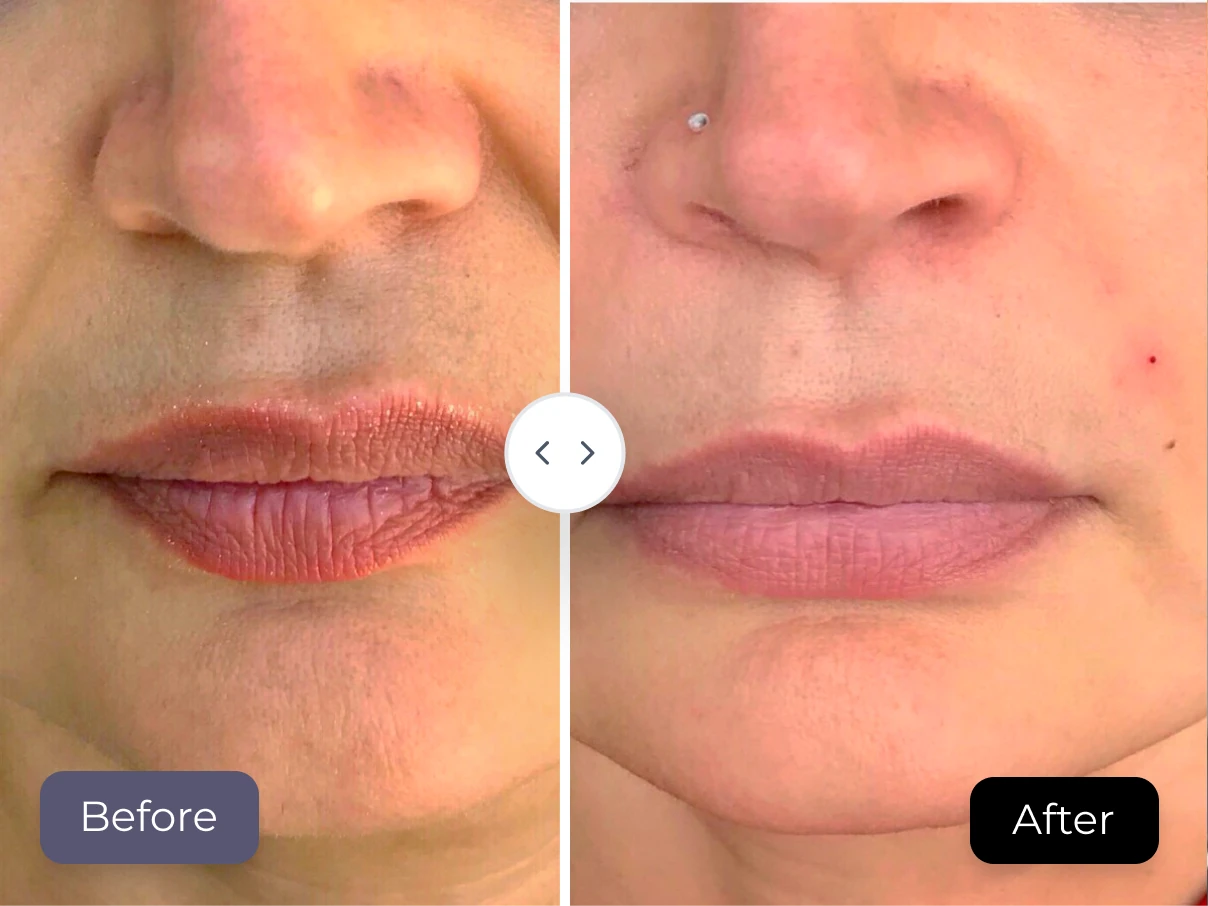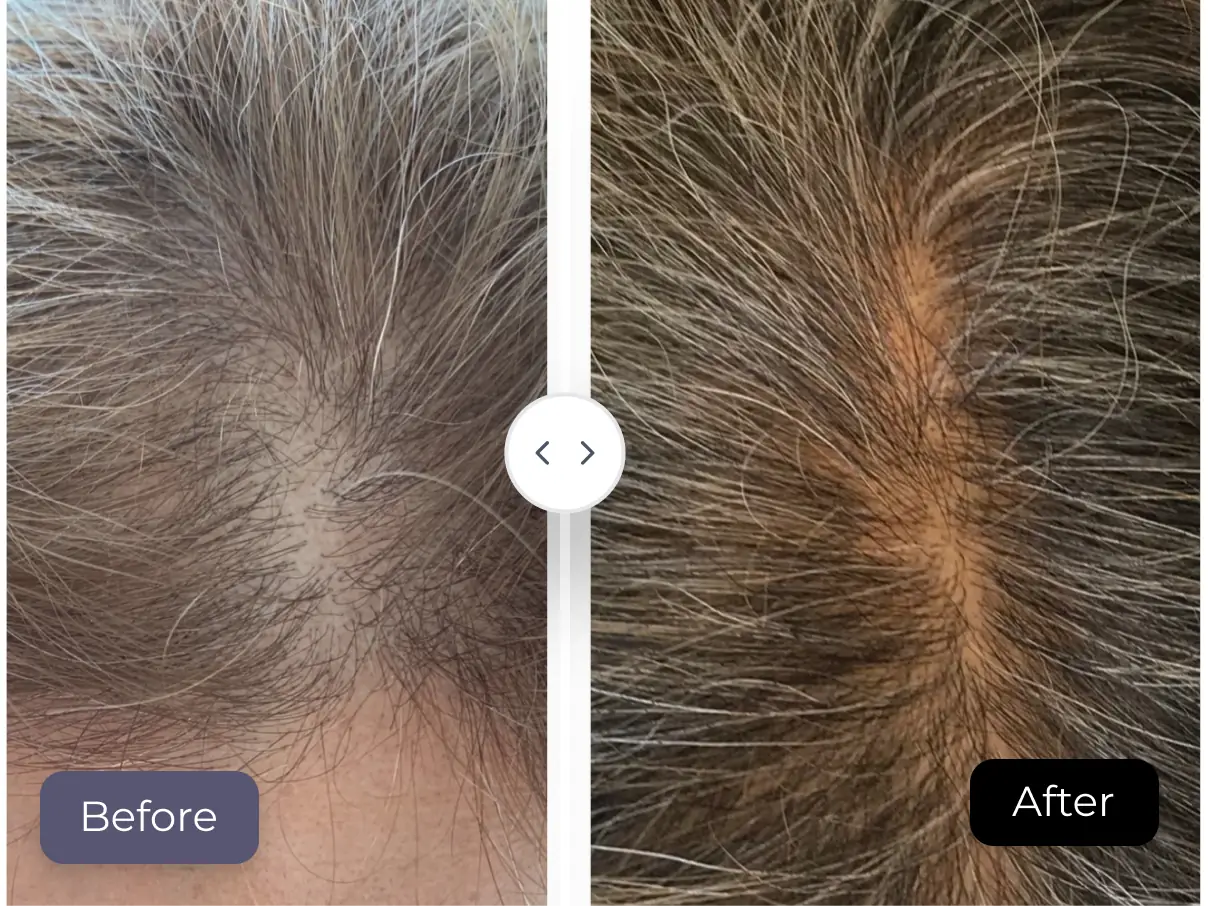Achieving glowing, healthy skin can feel overwhelming with the abundance of skincare products and routines available. Enter skin cycling—a science-backed, dermatologist-endorsed approach designed to simplify your skincare routine while enhancing its effectiveness.
Skin cycling strategically alternates active ingredients, such as chemical exfoliants and retinoids, with recovery periods. This structured regimen supports your skin barrier and promotes long-term skin health, making it an ideal method for addressing concerns like acne, dryness, and early signs of aging.
In this comprehensive guide, we’ll break down the fundamentals of skin cycling, highlight its benefits, and offer practical steps to seamlessly incorporate it into your routine. Discover how this innovative approach can transform your skincare and help you achieve healthier, more radiant skin.

What is skin cycling in skincare?
Skin cycling is a science-backed skincare method that alternates active ingredient application with recovery days to optimize skin health. Instead of layering multiple products daily, this approach structures your routine into a multi-day cycle that minimizes irritation, enhances results, and protects the skin barrier.
Key Benefits of Skin Cycling for Your Skin
Adopting a skin cycling routine offers a range of benefits that go beyond daily skincare. By alternating active ingredients with recovery days, this method optimizes your skincare regimen for long-term results while minimizing irritation.
Enhanced Skin Barrier Function
Overusing active ingredients like chemical exfoliants and retinoids can weaken your skin barrier, causing dryness and sensitivity.
Skin cycling provides essential recovery time, allowing your skin to repair and strengthen, keeping the skin barrier healthy and resilient.
Reduced Irritation
Potent active ingredients often lead to redness, flakiness, or discomfort, especially for sensitive skin.
By alternating active days with recovery-focused care, skin cycling minimizes irritation while delivering effective results.
Improved Efficacy of Active Ingredients
Applying too many products too frequently can overwhelm your skin, diminishing their effectiveness.
Skin cycling ensures active ingredients, such as exfoliants and retinoids, work independently without interference. Understanding the role of retinoids in skincare is key—they improve skin texture and tone when used correctly.
Supports Hydration and Repair
Recovery days with soothing and hydrating products help replenish moisture and promote skin barrier repair. This approach results in smoother, more radiant skin while reducing the risk of over-exfoliation.
Customizable for All Skin Types
Whether your skin is oily, dry, sensitive, or a combination, the dermatologist-approved skin cycling routine can be tailored to your unique needs, making it accessible and effective for everyone.
How to Implement Skin Cycling: A Step-by-Step Guide
Incorporating skin cycling into your routine is simple and effective, offering the perfect balance of active ingredients and recovery time. This structured regimen not only maximizes skincare results but also focuses on maintaining a healthy skin barrier.
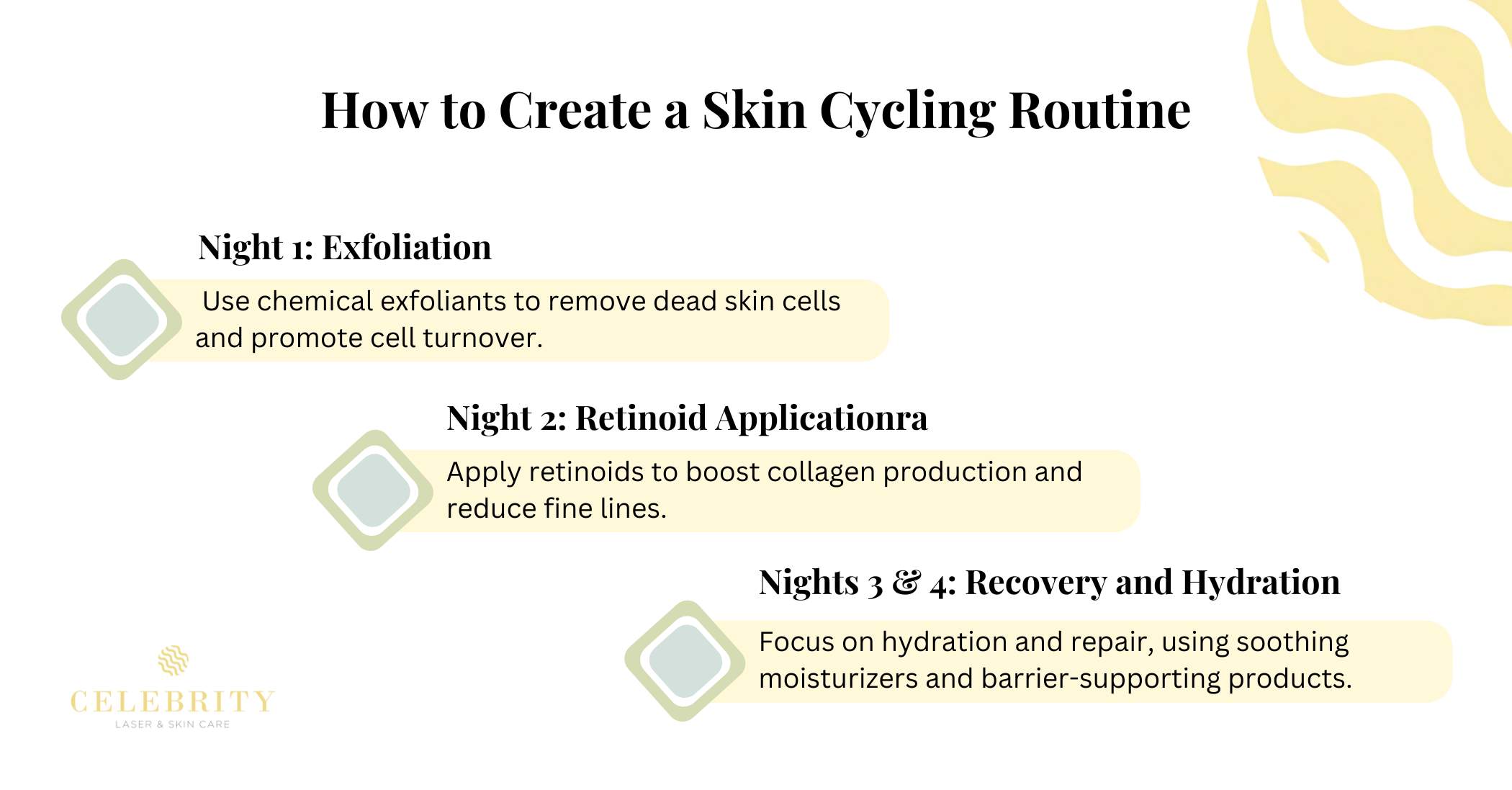
Night 1: Exfoliation
Begin your skin cycling routine with a gentle chemical exfoliant like an AHA (alpha hydroxy acid) or BHA (beta hydroxy acid). This helps remove dead skin cells, unclog pores, and improve skin texture.
- Frequency: Limit exfoliation to once a week to protect your skin barrier and promote rejuvenation.
- Tip: For sensitive skin, opt for mild exfoliants like lactic acid to avoid irritation.
Night 2: Retinoid Application
On the second night, apply a retinoid to stimulate collagen production and enhance skin texture.
- Start Slowly: If you’re new to retinoids, begin with a low concentration and use every other cycle to prevent irritation.
- Tip: Pair your retinoid with a hydrating serum to lock in moisture and soothe your skin after application.
Nights 3 & 4: Recovery and Hydration
Focus on hydration and repair to allow your skin to recover from active ingredient usage.
- Use products rich in hyaluronic acid, ceramides, or nourishing oils to replenish moisture and support regeneration.
- Skip active ingredients to let your skin rest and restore its natural balance.
- Tip: Incorporate a hydrating mask for an extra moisture boost if your skin feels dry or sensitive.
Key Takeaway: Skin cycling is a flexible and science-backed routine that alternates between active and recovery nights, ensuring long-term benefits while keeping your skin barrier healthy and resilient.
Personalizing Your Skin Cycling Routine: Tailoring to Your Skin Type and Concerns
Skin cycling is a versatile skincare method that can be adapted to address various concerns such as acne, dryness, aging, or uneven skin tone. By balancing active ingredients and recovery days, this approach helps optimize results while protecting your skin barrier.
For Oily or Acne-Prone Skin
The main focus for oily or acne-prone skin is reducing excess oil, preventing breakouts, and maintaining balance:
- Exfoliation: Increase frequency slightly (up to twice per cycle) to target clogged pores and dead skin cells. Use salicylic acid (BHA) for effective oil control and to minimize breakouts.
- Retinoid Application: Opt for a stronger retinoid formulation to promote cell turnover and prevent acne.
- Hydration: Use a gentle, oil-free moisturizer to hydrate the skin without clogging pores.
Tip: Explore effective exfoliation techniques to maximize results while protecting your skin barrier.
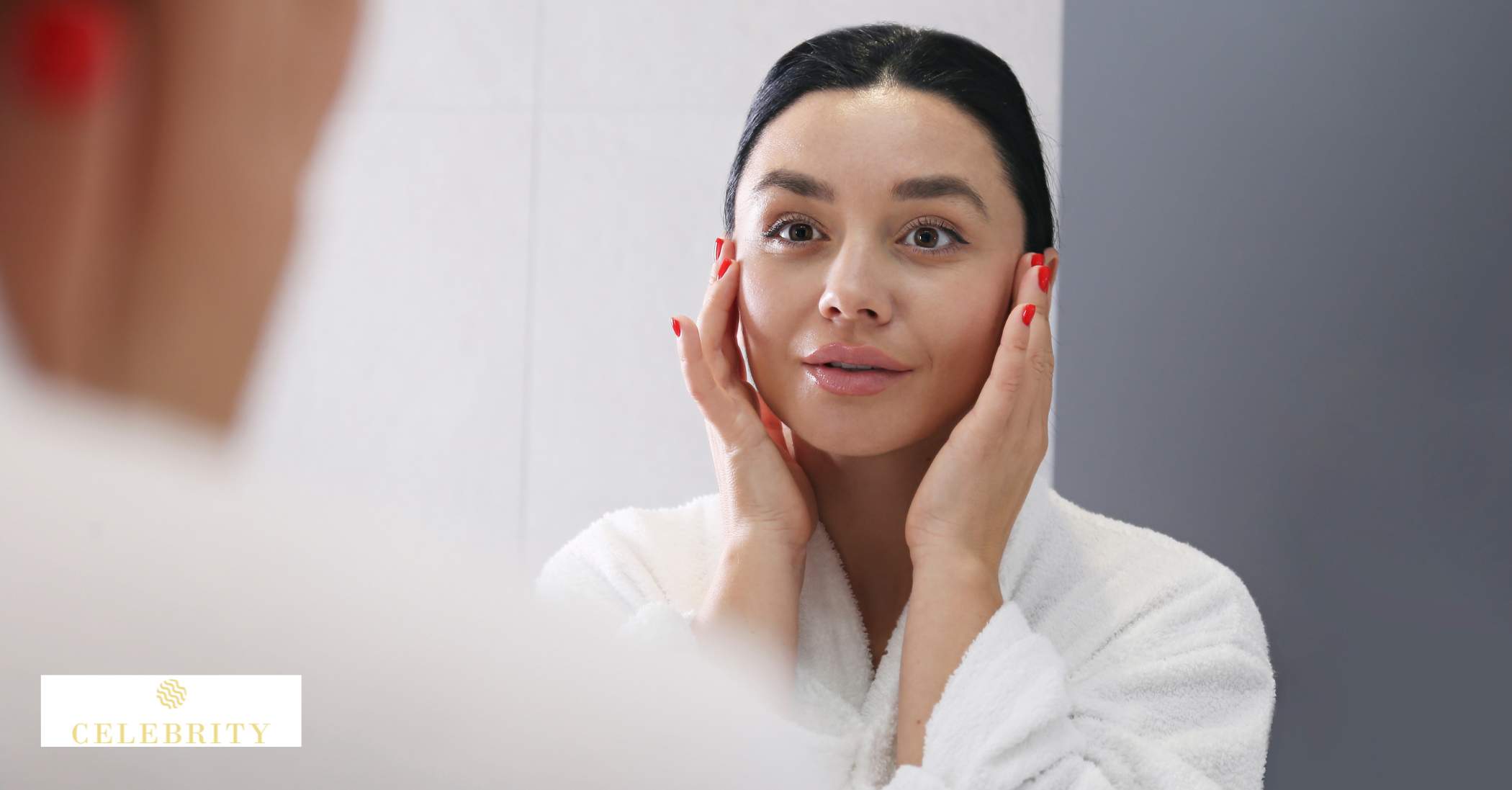
For Dry or Sensitive Skin
Dry or sensitive skin requires a gentle approach to protect the skin barrier and avoid irritation:
- Exfoliation: Use mild exfoliants like lactic acid (AHA) and reduce frequency to once per cycle.
- Retinoid Application: Start with a low-concentration retinoid and apply sparingly (once or twice a week).
- Hydration: Focus on recovery nights with products containing hyaluronic acid and ceramides to lock in moisture and restore the skin barrier.
Tip: Incorporate hydrating masks or creams to provide extra nourishment during recovery days.
For Mature or Aging Skin
Skin cycling can help address concerns like fine lines, wrinkles, and loss of elasticity by boosting collagen production and skin renewal:
- Retinoid Application: Increase frequency on retinoid nights to stimulate collagen and improve elasticity.
- Exfoliation: Use AHAs or BHAs twice a week but be mindful of sensitivity.
- Recovery: Add antioxidants like vitamin C to your recovery nights to protect against free radicals and enhance skin renewal.
Tip: Incorporate a collagen-boosting serum into your recovery phase to support skin repair and firmness.
For Hyperpigmentation or Uneven Skin Tone
Skin cycling can help fade dark spots and improve skin texture:
- Exfoliation: Use products with glycolic acid (AHA) or BHAs to promote cell turnover and fade pigmentation.
- Retinoid Application: Retinoids encourage new skin cell production, evening out skin tone over time.
- Recovery: Add a vitamin C serum during recovery nights to boost brightness and further reduce pigmentation.
Tip: Always wear sunscreen during the day to prevent further hyperpigmentation and protect your progress.
The Science Behind Skin Cycling: Dermatological Principles
Skin cycling is grounded in dermatological principles that prioritize balancing active ingredients and maintaining a resilient skin barrier. This method offers a systematic way to maximize the benefits of potent ingredients like retinoids and exfoliants while minimizing the risk of irritation.
Why Skin Cycling Works
- Active Ingredient Tolerance: Overusing retinoids or exfoliants can lead to dryness, sensitivity, and irritation, particularly for sensitive or dry skin types.
- Gradual Adaptation: By cycling these ingredients, you allow your skin to build tolerance over time, achieving the benefits of these powerful actives without overwhelming the skin.
- Recovery Time: Alternating active ingredient nights with recovery-focused care gives the skin time to repair, rehydrate, and regenerate, ensuring optimal efficacy.
Expert Endorsement
Dermatologists emphasize that many individuals struggle with daily use of retinoids or chemical exfoliants due to their strength. Skin cycling addresses this by introducing breaks, making it a gentler and more effective approach for achieving healthier, more balanced skin.
Benefits for the Skin Barrier
- Hydration and Repair: Recovery days with soothing and hydrating products prevent barrier damage caused by excessive exfoliation or retinoid application.
- Enhanced Results: A balanced cycle improves the performance of active ingredients, promoting smoother, more radiant skin while safeguarding the skin’s natural defense system.
Key Takeaway: Skin cycling leverages science to deliver a gentler, results-driven skincare routine. By alternating actives with recovery, it provides the best of both worlds—effective exfoliation and retinoid benefits while maintaining skin health.
Key Considerations: Precautions for Skin Cycling
While skin cycling offers numerous benefits, it’s essential to approach this routine carefully to avoid potential side effects. A healthy skin barrier is crucial, as potent active ingredients like exfoliants and retinoids can cause irritation if mismanaged.
Potential Side Effects
Knowing the potential side effects of using potent active ingredients like exfoliants and retinoids is essential before starting skin cycling.
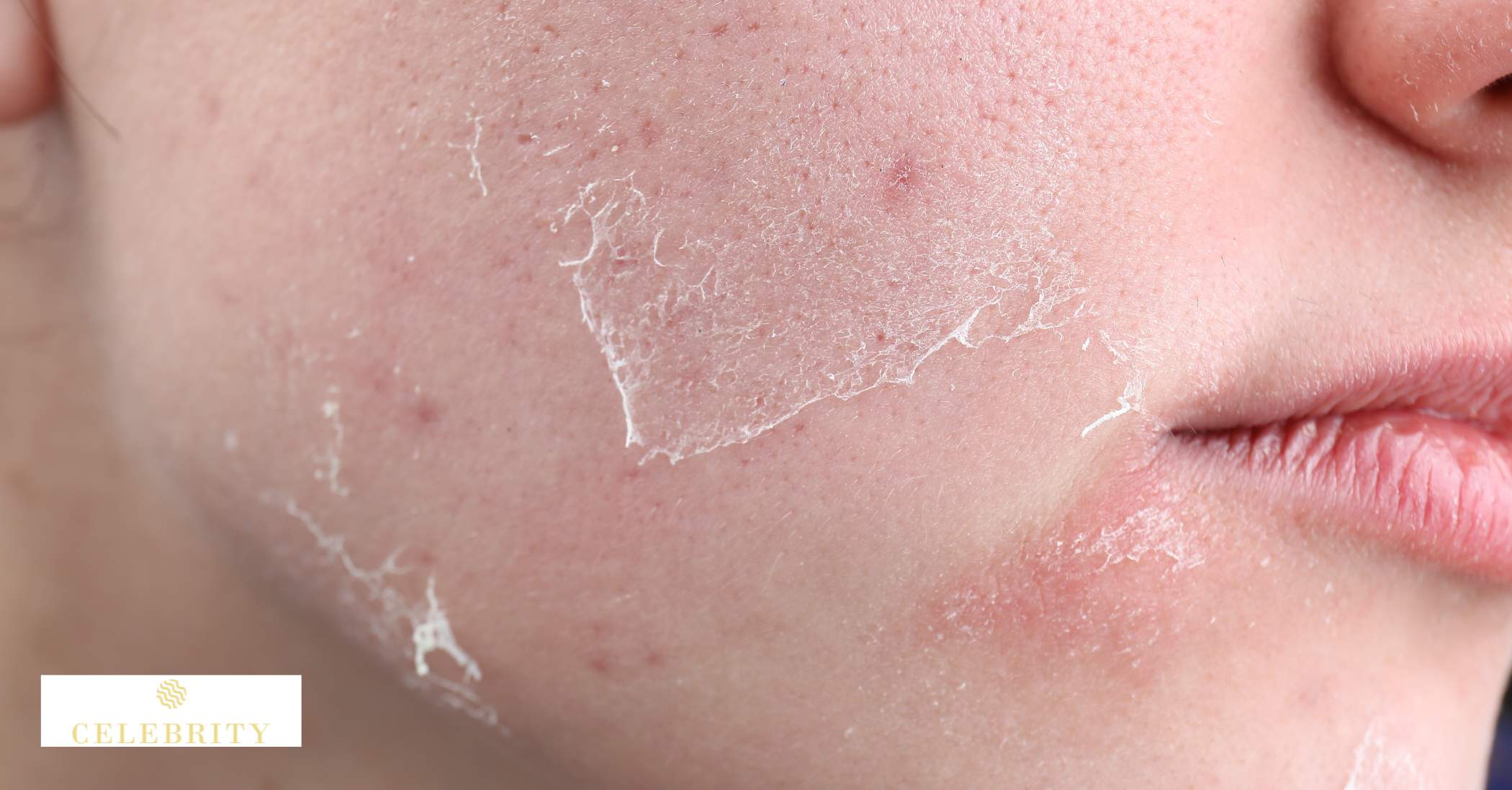
Dryness and Irritation
- Exfoliating acids and retinoids are effective for resurfacing the skin and promoting cell turnover but can cause dryness, redness, or irritation if overused.
- Sensitive Skin Tip: Individuals with conditions like eczema should monitor their skin closely and reduce the frequency of active ingredient use as needed.
Increased Sensitivity
- An imbalance in exfoliation and retinoid application may make the skin overly sensitive to environmental factors, such as sun exposure or harsh weather.
- Prevention Tip: Incorporate hydration-focused recovery nights and always use sunscreen to maintain moisture levels and protect against external stressors.
Peeling and Flakiness
- Some peeling or flaking is natural as the skin adjusts to active ingredients, particularly during the exfoliation phase.
- Solution Tip: If peeling becomes severe, reduce the intensity or frequency of exfoliation to allow your skin time to recover.
Contraindications
Skin cycling may not suit everyone, so it’s essential to be aware of any contraindications before starting this routine.
Pre-existing Skin Conditions
- For individuals with rosacea, severe acne, or psoriasis, potent actives like retinoids and chemical exfoliants can exacerbate symptoms.
- Advice: Consult a dermatologist before starting skin cycling to ensure the routine suits your skin type and concerns.
Pregnancy and Breastfeeding
- Avoid high-potency retinoids during pregnancy or breastfeeding due to potential risks to fetal health or transfer through breast milk.
- Advice: Always consult your healthcare provider before using products containing restricted ingredients.
Sun Sensitivity
- Both retinoids and exfoliants increase the skin’s sensitivity to the sun, heightening the risk of sunburn and premature aging.
- Prevention Tip: Use a broad-spectrum sunscreen daily, especially on retinoid days, to protect the skin barrier and prevent damage.
Conclusion
Skin cycling is a science-backed approach to achieving healthier, more resilient skin. By balancing exfoliation, retinoid use, and hydration, this structured routine reduces irritation and enhances the effectiveness of active ingredients like retinoids and exfoliating acids.
Whether your goal is to combat signs of aging, reduce acne, or improve your overall skin texture, skin cycling can help strengthen your skin barrier and promote a glowing complexion. However, for the best results, it’s crucial to tailor the routine to your skin type and consult a dermatologist for personalized guidance if needed.
Ready to transform your skincare routine? Explore Celebrity Laser’s expert skincare guides or book a consultation with a dermatologist at our clinic for customized recommendations and advice.


